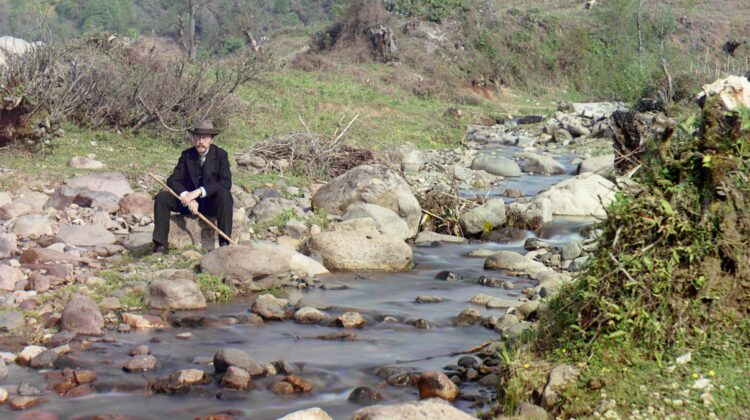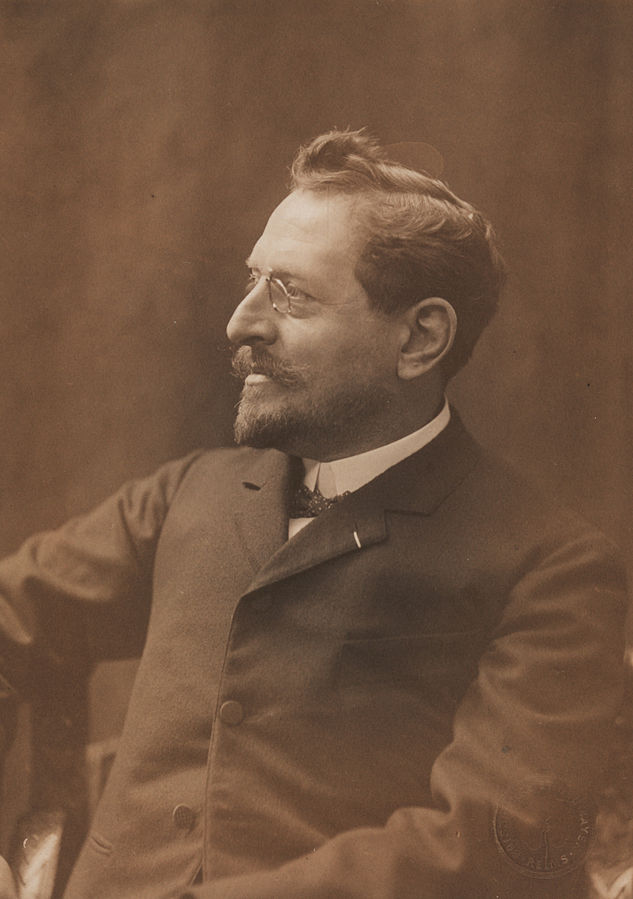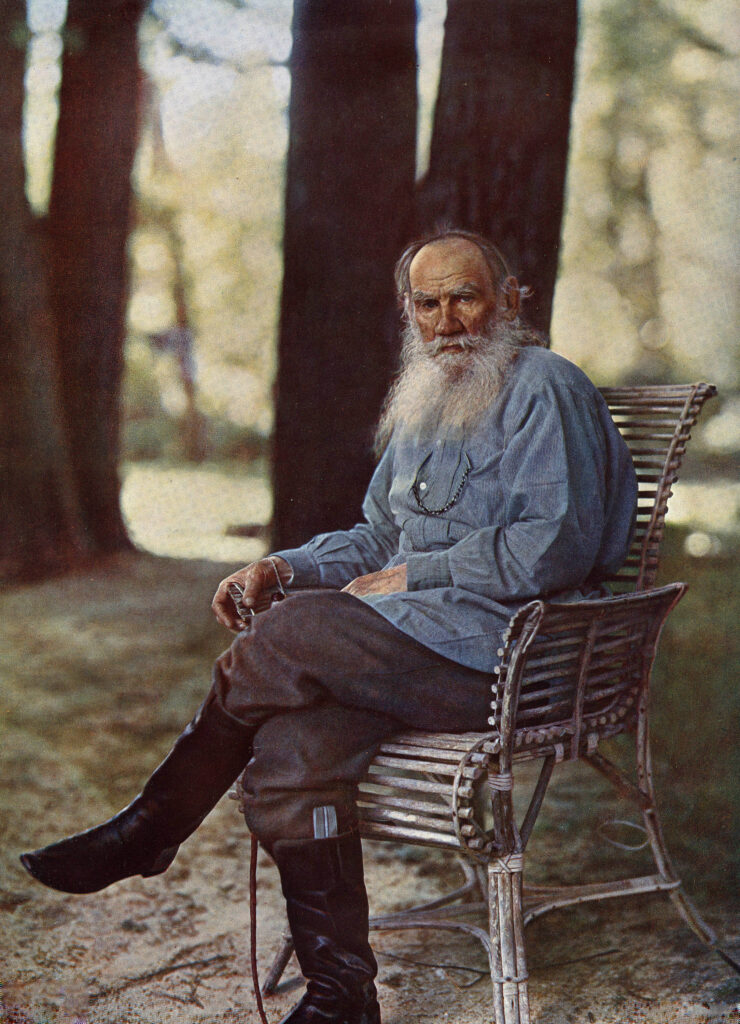
Sergey Mikhaylovich Prokudin-Gorsky was a man ahead of his time. Born in Russia in 1863, he was a chemist and photographer who dedicated his life to the pursuit of capturing the world in color. Prokudin-Gorsky is widely regarded as one of the early innovators of color photography, and his work has been instrumental in shaping the way we see and understand the past.

In 1912, Prokudin-Gorsky made a breakthrough in his quest to capture color photographs. He developed a technique that involved using colored lenses over a camera to produce images in full color. This technique was revolutionary at the time, as color photography was still in its infancy and few photographers had managed to produce truly lifelike images.

One of Prokudin-Gorsky’s most famous photographs, taken in 1912, showcases the incredible results of his innovative technique. The photograph features three Russian women in traditional dress, each of whom is wearing a different color outfit. The vivid colors of the women’s clothing are captured in stunning detail, with each hue rendered in rich, vibrant tones.

What makes Prokudin-Gorsky’s work so remarkable is not just the vivid colors he was able to capture, but also the way in which he used his photographs to document the world around him. At a time when photography was still a relatively new medium, Prokudin-Gorsky traveled extensively throughout Russia, capturing images of people, landscapes, and architecture.

His photographs are not just aesthetically stunning, but also provide a valuable historical record of a time and place that is now long gone. Prokudin-Gorsky’s images offer a glimpse into the daily lives of people in early 20th century Russia, and provide insight into the social and cultural changes taking place at the time.

Today, Prokudin-Gorsky’s legacy lives on through his photographs, which continue to captivate and inspire people around the world. His groundbreaking technique paved the way for the development of color photography, and his images offer a unique and valuable window into the past. Thanks to his work, we are able to see the world in a way that was once impossible, and to gain a deeper understanding of the rich and diverse history of our planet.

Leave a Reply